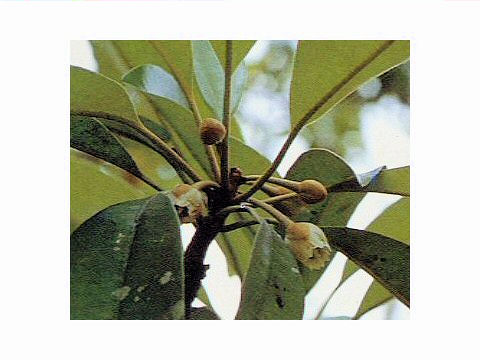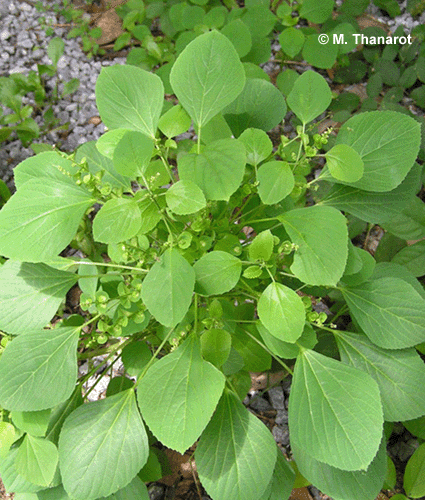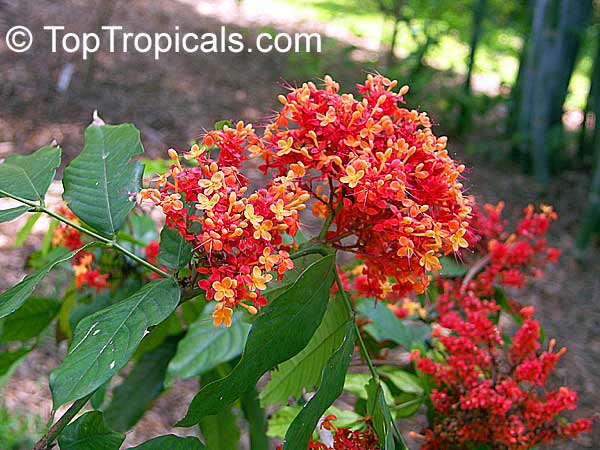Thursday, February 22, 2007
Wednesday, February 21, 2007
Kundumani

Botany name : Abrus precatorius
Tamil name : Kundumani
Habit : Climbing shurb
Parts used : Roots, seeds, leaves.
Constituens : Seeds contain poisonous proteins and the roots contain glycyrrhizin.
Seeds are Abortifacient, Anodyne, Aphrodisiac, Antimicrobial, Diuretic, Emetic, Expectorant, Febrifuge, Hemostat, Laxative, Purgative, Refrigerant and Sedative. Vermifuge Paste of seeds is applied locally in sciatica, stiffness of shoulder joints and paralysis . Seeds are highly poisonous . Roots are used for gonorrhoea , jaundice and haemoglobinuric bile . Powdered seeds are said to disturb the uterine functions and prevent conception in women. The oil extracted from seeds is said to promote the growth of human hair.ஆடுதீண்டாபாளை
Aristolochia Bracteolata
தோல் நோய்கள், சிரங்கு, கரப்பான், வண்டுக்கடி ஆகியவைகளுக்கு மேல் பூச்சு.
ஆடாதோடை

Adhatoda Zeylanica
சளி, இருமல், தொண்டைக் கட்டு.
IN water starved Tamil Nadu when one talks about tree planting or herbal gardens one is always asked. "But where is the water?" A herbal plant which requires very little watering and is an extremely hardy plant is Adhatoda zeylanica. (It is also known as Justicia adhatoda, and Adhatoda vasica). If there is one herbal plant that needs to be singled out for propagation and planting on a large scale, it would be this one. Adhatoda in Tamil, meaning a plant shunned by herbivorous animals, it is also known as the Malabar Nut in English and Vasa in Sanskrit. Propagated easily by cuttings, grows to a height of eight to 14 feet and has attractive white flowers.
Adhatoda is useful for curing coughs, colds and asthma and is easy to administer. As with most herbal medicines it is most effective if administered as soon as symptoms begin to manifest themselves. Boil three leaves of the herb (after washing) in a cup of water. (It should be boiled and reduced to half.) Half a cup of the decoction can be taken each time three or four times a day.
If you grow the plant at home or if you are sure that the leaf surface is unlikely to have pollutants like pesticide or diesel particles you can grind two leaves in a mixer (after washing) with a little water. Half a spoon of the juice can be administered with ¼ spoon of ginger juice two or three times a day. For those who find its bitter taste unpalatable, having it with half a spoon of honey should help. (Honey should help with the cough or cold.)
While this drug has no toxic side effects, your child should be gradually introduced to the herb. Start with about a quarter spoon and then increase the dosage. It is recommended for children who have completed one year. For very young children start with a few tablespoons of the boiled decoction with honey. Those children who have been on a regular course of antibiotics will generally take a little longer to respond.
Adhatoda works two ways. It improves the functioning of the respiratory system and the immune system. It has been used for centuries, and is mentioned in Sanskrit scriptures. It is an expectorant and is a constituent of many herbal cough syrups. A study by Shah et al in 1987 indicates that it is the vasicine and vasicinine in the herb that is responsible for its bronchodilatory effects and usefulness even in cases of asthmatic bronchitis.
The juice relieves an irritable cough with its soothing action, liquefying the phlegm and mucus in the clogged channels and facilitating expectoration. If a child brings out phlegm, do not worry. Similarly, a little more or less of the juice is not harmful.
Moringa oleifera

Drumstrick leaves and drumstick in trees - Image from Cook Islands Biodiversity Database
Moringa oleifera
Drumstick Tree
GENERAL NOTE: A very useful ornamental tree. Flowers, young leaves and immature fruit edible as a vegetable; and the crushed root gives a horseradish-flavoured seasoning. Used medicinally in India. Ben Oil, the oil extracted from the seeds can be used in salads, soap, perfumes and to oil machinery. A nutritious tree: leaves contain high amounts of vitamin A (four times more than carrots), vitamin C (seven times more than oranges), protein (5-10%), calcium (four times more than milk) and potassium (three times more than bananas). The young seed pods and seeds (which taste like asparagus), and flowers (which taste like mushrooms) are edible. The seed is often used purify dirty or cloudy drinking water. It is pounded into small fragments, wrapped in a cloth, and then placed into water jars or containers. The pounded seed acts as a flocculent, taking impurities out of the water solution. In the Nile Valley, the name of the tree is "Shagara al Rauwaq" which means "tree for purifying". Moringa seed contains about 35% oil. Sweet and non-sticking, this oil is often extracted for cooking and in rare cases--even lubrication purposes. It does not turn rancid, is excellent in salads, can be used for soap making, and burns without smoke. One Indian tradition says the leaves can prevent more than 300 illnesses!!!!!












